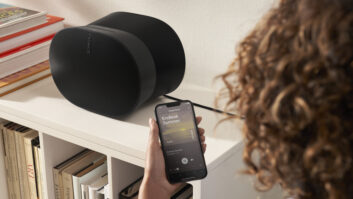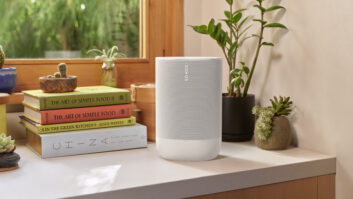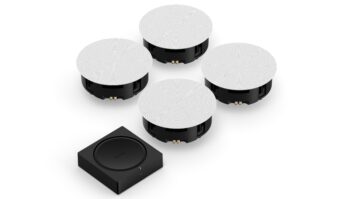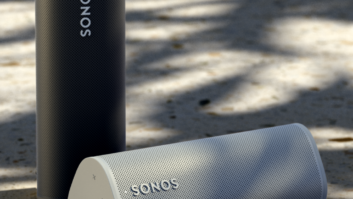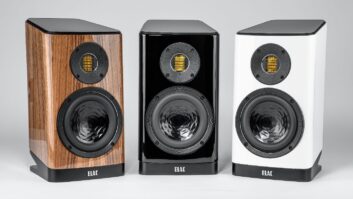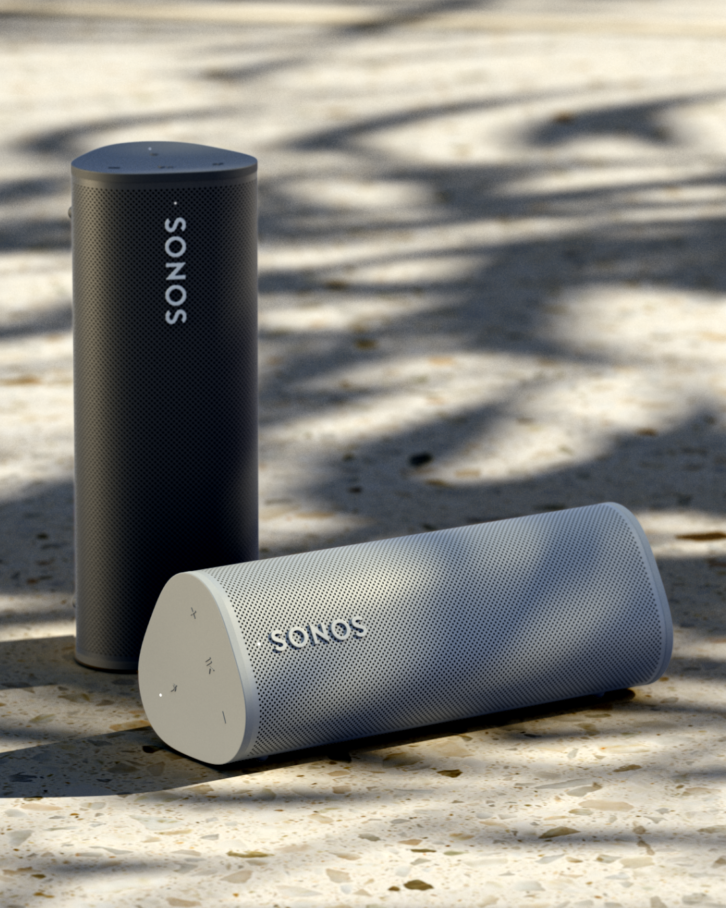
Back in 2013, I bought a JBL Flip portable Bluetooth speaker for the kitchen, envisioning creating some of those family-dancing-while-doing-dishes-or-making-dinner moments. While those did not come to pass, and it may have led to the first four-person synchronized eyeroll when I attempted it, the speaker has remained in its place and has serviced us dutifully to this day. Although portable, it didn’t need to travel far. Usually it has been used for kitchen listening, but has made it out to the back deck for barbecues and even further in the yard for company while raking and other chores.
Once I got the Sonos Move portable speaker, the Flip became a stationery kitchen speaker. With its dynamic sound and easy use over Wi-Fi or Bluetooth — as well as it’s convenient charging cradle — the Move quickly became my go-to source for outdoor sound, as well as any indoor spaces without existing speakers.
Now Sonos has released the Roam, which takes the qualities of Move and shrinks it to a near-Flip-sized package. Being a fan of the Move, I was curious to hear what its ultra-portable cousin could do.
Unpacking and Setup
Unpacking a Sonos product is always fun in the same way unboxing an Apple product is — how compact can they make the packaging? In this case, pretty compact — the box is only slightly larger than the Roam itself (which is 6.61 x 2.44 x 2.36 inches). Lifting the cover, you find the speaker comes wrapped in a thin cloth bag that can be reused for traveling, a thin box with a sparse instruction sheet, and a USB-C cable. Like Apple, Sonos no longer includes the USB power adapter, figuring that most households have plenty (and, in the case of this house, they are correct).
As for setup, turn on the Roam, open the Sonos S2 app, and then follow the prompt to add it your Wi-Fi network, where it will operate on either the 2.4 or 5 GHz frequency. Typing that sentence took longer than it did to get the Roam up and running. Bluetooth pairing works the same as any other Bluetooth speaker — hold the power button on the Roam down until you get a beep, then discover it on your phone.
To initialize Trueplay, Sonos’ space-detecting feature that adjusts the sound to its environment, you’ll need your cell phone close by. The Roam’s mic is used for Trueplay, and can also be used for voice commands with Amazon Alexa or Google Assistant.
After that, the Roam is ready for action.
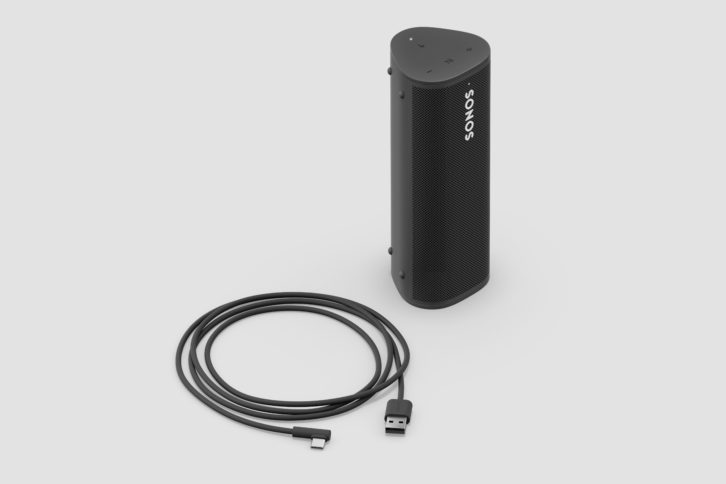
In Use
Automatic Trueplay, which uses the built-in mic to analyze the space and adjust the sound to suit it, works on both Wi-Fi and Bluetooth connections, an upgrade from the Move, which could only use Trueplay on Wi-Fi (an upcoming software update for the Move will give it Bluetooth Trueplay like its smaller cousin).
Trueplay is fun to play with, putting the Roam in positions you never would if you were really listening to it — facing walls and the like — but it is a nice feature to have, even if the real-world use results in much subtler differences in sound.
Another feature that sets the Roam apart from the Move is Sound Swap, which lets you transfer sound from the Roam to a different Sonos speaker that is close by pressing and holding the play/pause button on top of the Roam. I found this experience to be inconsistent, taking many attempts before the sound actually swapped. It is just as easy to swap the sound using the traditional way, the Sonos S2 app, which also lets you easily group the Roam with another compatible Sonos speaker. Once grouped in the app, they will remain that way even if you use a different device for streaming. Ungrouping is just as easy.
Of course, you could skip the transfer and instead choose to tote the Roam around with you as it was born to do. At less than a pound and contoured to fit easily in your hand, it truly is ultra-portable. Sonos says it will provide 10 hours of sound on a single charge. I tested it for seven hours of off and on playback and switching from Wi-Fi to Bluetooth, and the battery still had 66 percent of its juice left, so 10 hours seems easily doable.
And while I didn’t do Sonos’ recommended stress test of dropping it in a bowl of water, I wasn’t particular gentile with it either, and it was none the worse for wear. Its case is IP67 rated and sealed tight so water, sand, and other sundries won’t bother it.
If the intended use for Roam really is to travel, then I would recommend upselling the Sonos Roam Wireless Charger that snaps the Roam into place. Plugging and unplugging the Roam using the USB-C charger requires more effort — and the risk of the cord dropping behind furniture — than simply snapping on to the cradle. I use the cradle for the Move, and it makes a big difference in grabbing and going. The Roam will also work with any wireless Qi charger.
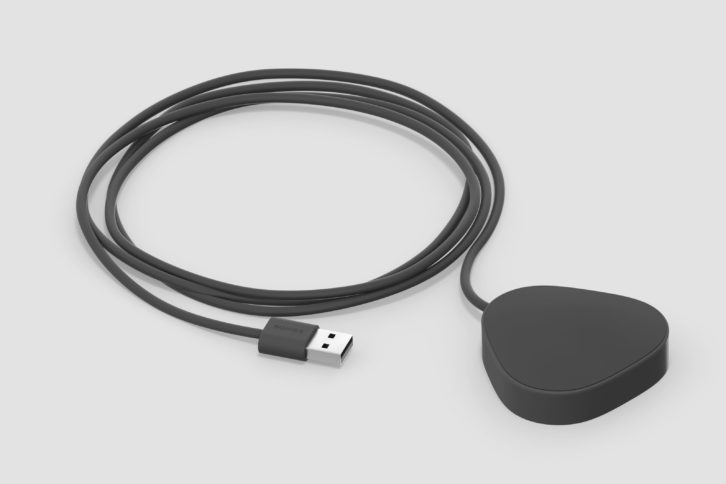
Listening
Sonos users have a certain expectation for how its speakers should perform, and the Roam does deliver on that promise. It includes one mid-woofer to handle mid-range and low-end, and a tweeter, and it sounds surprisingly robust for such a small speaker.
I listened to bunch of songs — mostly through the Spotify app on my laptop, but also through my phone — that I am very familiar with (no, you’re obsessed with Hamilton, but, yes that, and plenty of others, too), and the Roam reproduced them well. The lack of sub is noticeable when you are used to hearing it, but for portable sound, the Roam is tough to beat.
I know it isn’t fair to compare it to my 8-year-old OG Flip, which I think is up to the JBL Flip 5 now, but it was here, so…. Of course, the Roam provided a much fuller sound, with that mid-woofer really making a big difference.
I didn’t have a second Roam to pair in stereo, which it can do when it is on Wi-Fi but not Bluetooth, but I did have some fun grouping the Move and Roam together to create a larger soundfield. And I did enjoy having the speakers in different rooms and walking between the spaces as the music played.
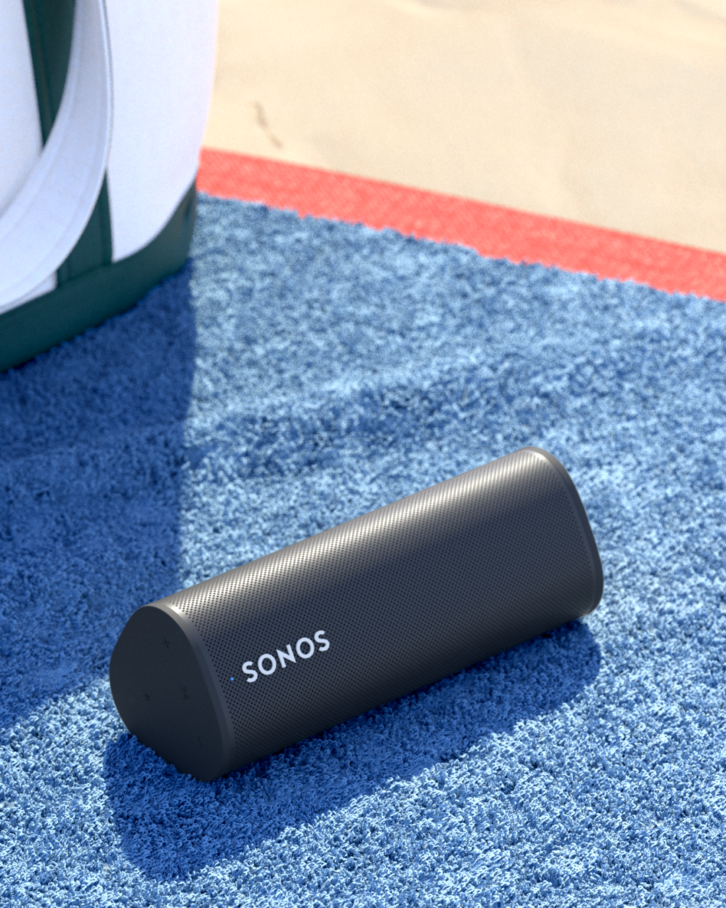
Roam If You Want To
I suppose the real question is whether clients should get the Move or the Roam — both Sonos and both portable. If comparing the sound to the Flip is unfair, so is comparing it to the Move, which, again I did. The Move, as expected, provided a much fuller sound, and will be the preferred portable speaker for audiophiles.
Ultimately it comes down on how far you plan on going. For someone like me, who mainly listens around the home, the Move is pretty perfect. For someone who truly wants to listen on the run, the 6.61 pounds of the Move is going to weigh them down in no time. And while the handle in the back of the Move makes it easy to grab and drop, its size doesn’t make it easy to shove in a bag and go — something the Roam does quite well.
The Roam will be available starting April 20 at a price of $169, which is pricey for the market, but it is the cheapest Sonos speaker available and a great gateway into the environment. The Roam Wireless Charger — which I see as necessary for frequent travelers — will be available for $49.
For more information, visit https://www.sonos.com/en-us/shop/roam.html.

